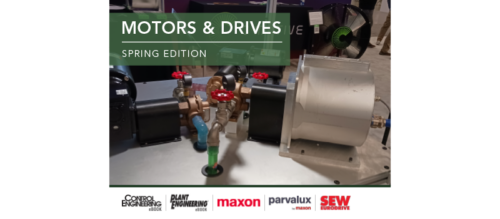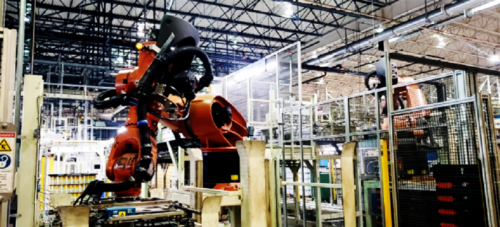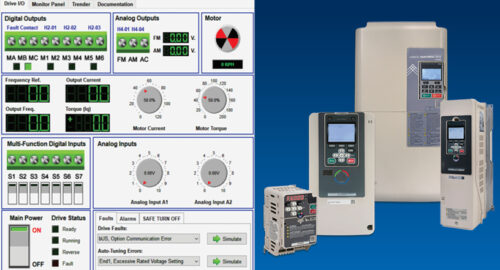Motor suppliers shouldn’t overlook automotive innovations
Innovation is becoming more and more important for the automative industry as power/performance differentials become smaller and smaller for vehicles.
Attend any motor show and you’ll see vehicle manufacturers parading their latest slick design, complete with advanced HMI and connectivity solution. The ubiquity of consumer electronic devices is driving great change and innovation in this part of the automotive industry. This innovation is a great way for vehicle manufacturers to differentiate and keep consumers in love with the driving experience. After all, it’s getting harder for vehicle manufacturers to differentiate on power/performance, and consumers are expecting more from their vehicles, particularly with regard to connectivity and in-car entertainment.
However, the other way for vehicle manufacturers to differentiate is to focus on features that physically manipulate the driving environment. These might be ‘comfort’ applications such as individual climate zones, electronic seat positioning systems, or panoramic windows; or they might be ‘convenience’ applications like power tailgates; or ‘efficiency’ applications like automotive grill shutters.
Manipulating the driving environment in this way requires the use of motors or actuators, critical products that are often overlooked in favour of the sexier consumer solutions. In IMS Research’s latest report on the use of electrical motors in automotive, it was forecast that the number of motors used per vehicle will increase by around 15% by 2018. Over the same period, the average value of electrical motors per vehicle will reach nearly $400. From an application perspective, by 2018 the use of electrical motors for electric seats will treble, with two-fold and four-fold increases seen for electric roof systems and adaptive headlights.
Do you have experience and expertise with the topics mentioned in this content? You should consider contributing to our CFE Media editorial team and getting the recognition you and your company deserve. Click here to start this process.





